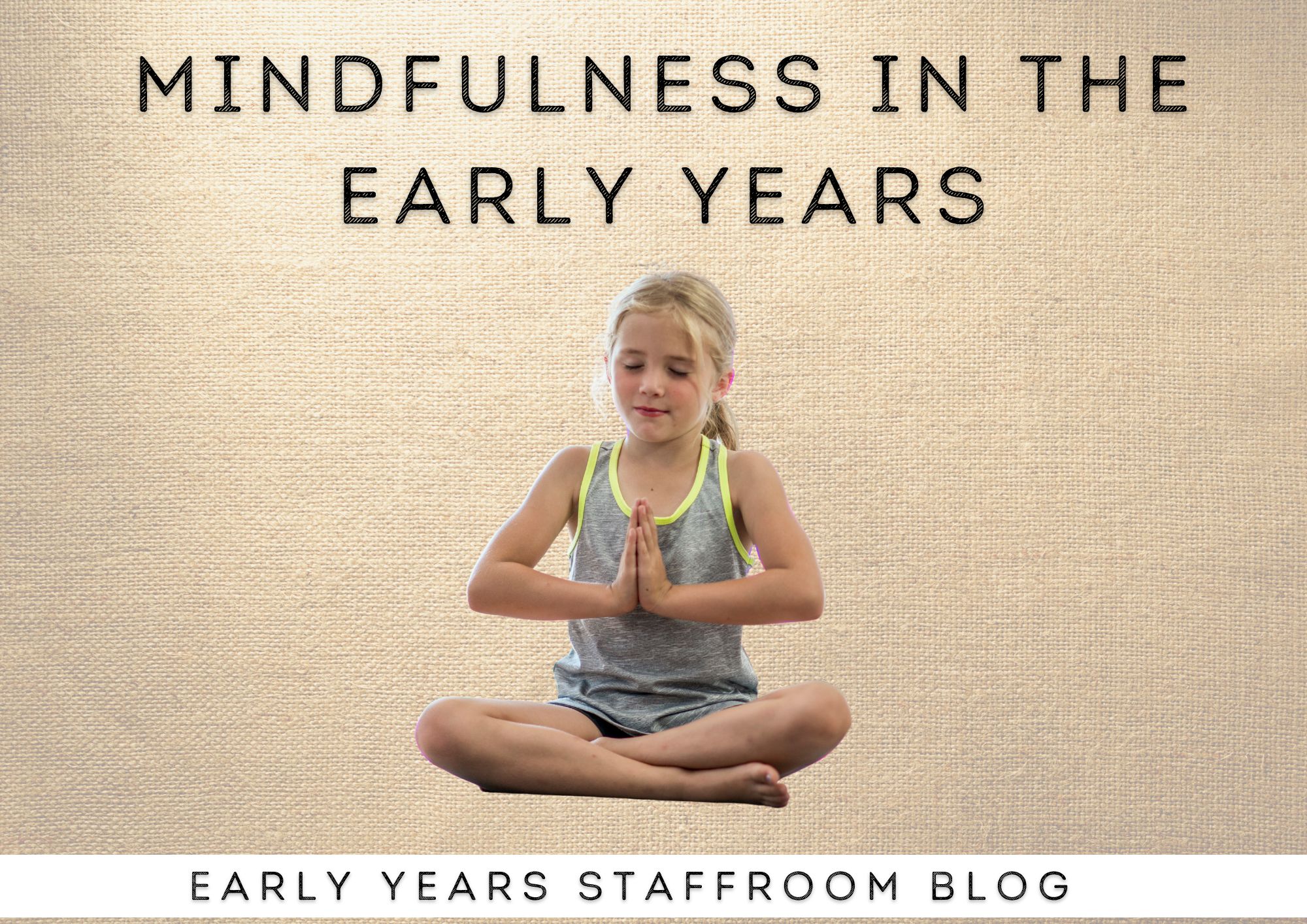
“In today’s rush, we all think too much – seek too much – want too much – and forget about the joy of just being”
(Eckhart Tolle)
When do we have time to just reflect about the joy of just being? It appears that now more so than ever engaging in mindfulness activities has become more widely talked about and practised. When looking deeper into mindfulness, I found that it dates back around 2500 years, originating from ancient eastern and Buddhist philosophy and inspired by many.
As I child brought up in the 80’s, mindfulness was not a term I was familiar with. I clearly remember enjoying calming activities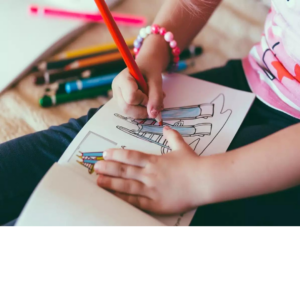 such as colouring which for me was beneficial in many ways. Not only did it help with fine motor control, I remember really paying attention to the detail of colouring within the lines of the picture. It also allowed me to think, ponder about things and most importantly – relax and slow down. Mindfulness only really started to become more widely influential in the 90’s. It’s integration with Western science was a crucial aspect in helping mindfulness gain its widespread popularity in the West. Psychologists have found that mindfulness meditation changes our brain and biology in positive ways, improving mental and physical health and reducing stress and anxiety.
such as colouring which for me was beneficial in many ways. Not only did it help with fine motor control, I remember really paying attention to the detail of colouring within the lines of the picture. It also allowed me to think, ponder about things and most importantly – relax and slow down. Mindfulness only really started to become more widely influential in the 90’s. It’s integration with Western science was a crucial aspect in helping mindfulness gain its widespread popularity in the West. Psychologists have found that mindfulness meditation changes our brain and biology in positive ways, improving mental and physical health and reducing stress and anxiety.
According to the NHS, mindfulness involves paying attention to what is going on inside and outside ourselves, moment by moment so that we can understand ourselves better and the world around us more.
It can be a useful tool for reasons such as :
Being mindful means having your mind on what you are doing – it’s the opposite of rushing or doing too many things at once (slowing down and taking your time) so how can we incorporate it into our busy classes and routine?
Mindfulness activities can be practised individually or as part of a group and they can come in many different forms. You may already have some form of reflective or nurturing time, but perhaps you want to increase the amount of calming activities you have on offer or provide the children with different techniques they can use to manage their emotions, self-regulate or ease anxiety during transitions. Having a designated area or ‘calm zone’ can be helpful. Pick a suitable time to introduce your first mindfulness activity – it is unlikely to work well if the children are already highly engaged in their play or are bursting with energy. Equally, children should be comfortable doing mindfulness activities and should always have the choice to opt out.
If you are using a particular mindfulness programme be sure to adapt activities for the development stage of the children and for the needs of the group or individual as some can be too structured for young children due to their developing concentration skills. Children may need concrete examples for example using a balloon to gain a sense of how it feels i.e. light, floaty etc. This facilitates the child’s understanding when using the balloon, as part of a mindfulness experience.
Mindfulness activities can be used to support Development Matters – The activities listed below can be linked back to the areas of the curriculum.
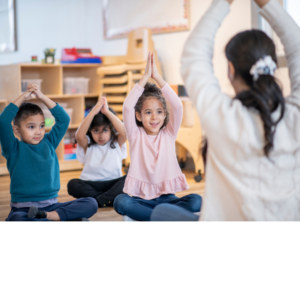
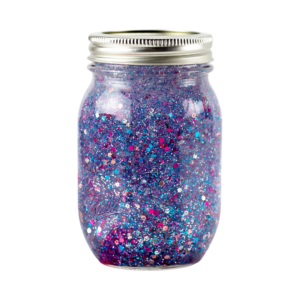
You can introduce ‘The Mindful Jar’ activity which involves taking a clear jar and filling it with water (almost full) and glitter, or glitter glue. The glitter swirl can represent how our minds work “When you’re calm your thoughts start to settle and you start to see things clearer – deep breaths can assist.” In addition, looking at different emotions using the Mindful jar such as ‘anger’ can help children understand how that particular emotion can make us feel.
Remember to give yourself time for relaxation. Mindfulness meditation is a skill that can be developed through practice. Distraction by your thoughts can sometimes be inevitable, however the key is to bring yourself back to the practice without judgment and continue with your method or intention. The Early Years Staffroom have a series of three videos to practise mindfulness in your own time. Find out how you can implement simple changes to gain real benefit and calm in to your day. By becoming present and bringing awareness to the moment you are in changes start to take place and it’s from here that you gain focus, calm and enjoyment in each day.
“Self-care is giving the world the best of you, instead of what’s left of you.” (Katie Reed).
Keep calm and carry on breathing! (deeply). I’m off to get the colouring pencils out.
Check out our other related blogs at earlyyearsstaffroom.com:
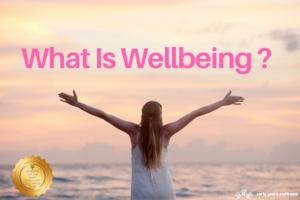
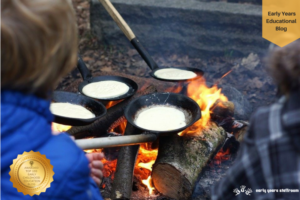
Useful websites
https://positivepsychology.com/mindfulness-for-children-kids-activities/
For adults: https://www.mind.org.uk/information-support/drugs-and-treatments/mindfulness/mindfulness-exercises-tips/
https://www.nhs.uk/mental-health/self-help/tips-and-support/mindfulness/
Blog written by Sarah Detheridge ( EYS )